Yabai Ramen: What makes this Japanese ramen so dangerous?
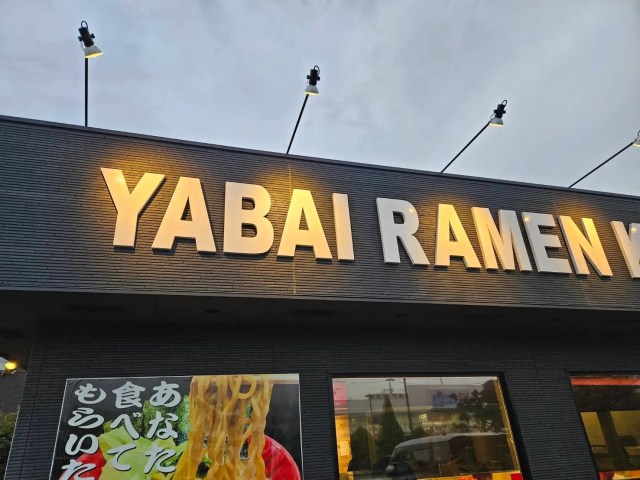
Restaurant uses controversial slang word to sell its noodles, and we find out why.
There are some Japanese words that don’t translate easily into English, and “yabai” is one of them. Though it literally translates as “dangerous“, with roots stemming back to the word “yaba” (“jail cell“), it’s colloquially used in both positive and negative situations these days to express surprise, shock, and wonder, similarly to how we use a phrase like “Oh my God” in the West.
Usually used by young people, who pepper it throughout their conversations, it’s not a formal word commonly seen on giant signs, so when our reporter Takuya Inaba passed by a restaurant with “Yabai Ramen” plastered over it in bold English letters, he knew he had to stop by.
▼ It’s estimated that over 30,000 ramen restaurants exist in Japan, but never before had he seen one like this.
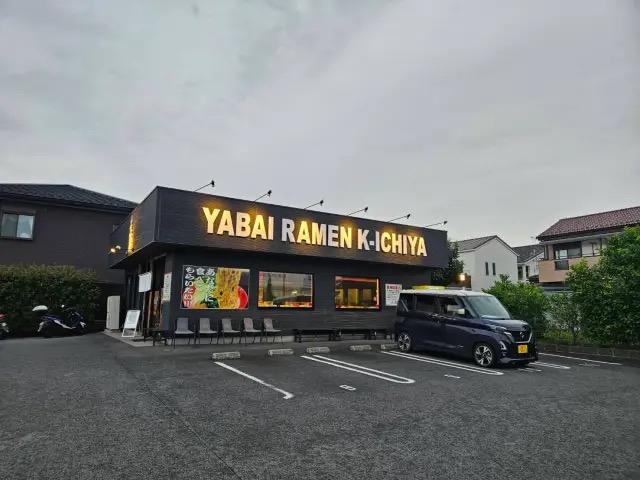
Curious to know if the “yabai” in this restaurant’s name meant the ramen was shockingly bad or shockingly good, Takuya felt an exciting sense of danger as he walked under the dangerous sign.

Stepping through the doors, Takuya was greeted by a warm and inviting modern space, where he learned that the store was a branch of the Keiichiya ramen restaurant chain, which has its headquarters in Odawara City, Kanagawa Prefecture.
▼ The branch Takuya visited was in Kanagawa’s Kaisei town.
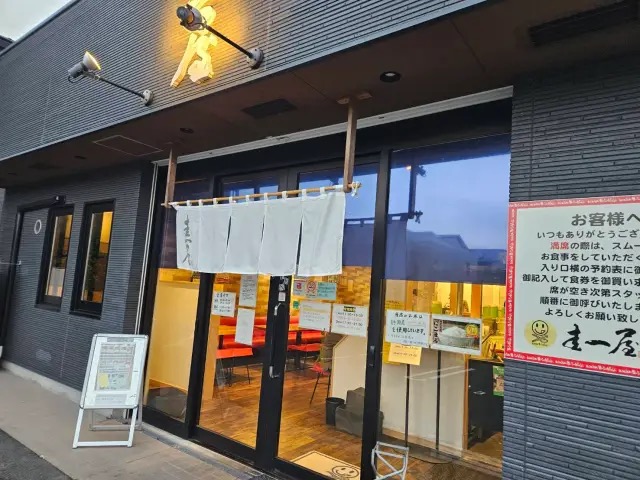
Like most ramen restaurants, this one has a ticket machine by the door where customers place their orders before taking a seat, and when he perused the meals on offer, there was only one natural choice.
▼ The Yabai Ramen (ヤバイラーメン)
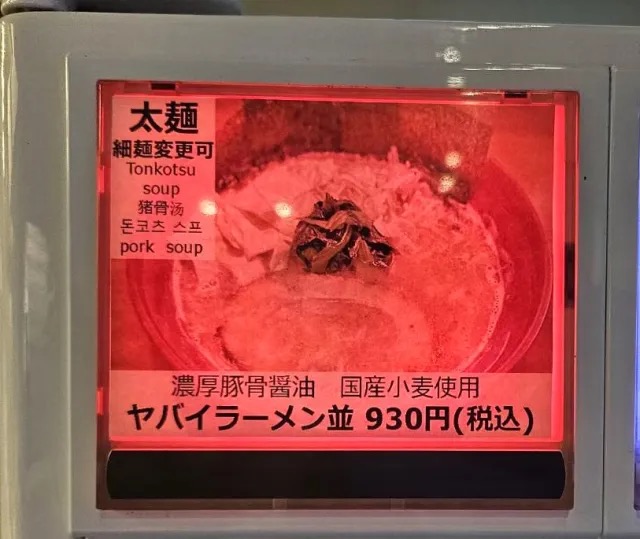
This special dish even had a bright red button to order it, adding to the dangerous vibe of the meal. After adding a seasoned egg for 100 yen (US$0.64), green onions for 50 yen and a side of small rice for 80 yen, the total for the meal came to 1,160 yen.
▼ And when it arrived, it didn’t look dangerous at all!
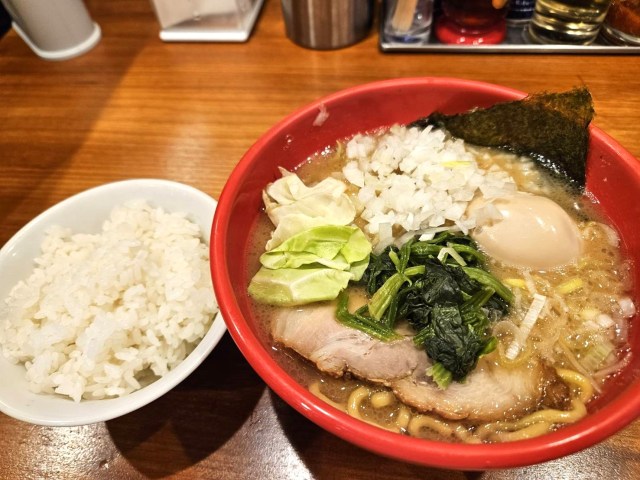
Feeling relieved to see the ramen looking like the familiar iekei ramen he usually enjoys, Takuya figured the yabai element might be concealed within the flavour.
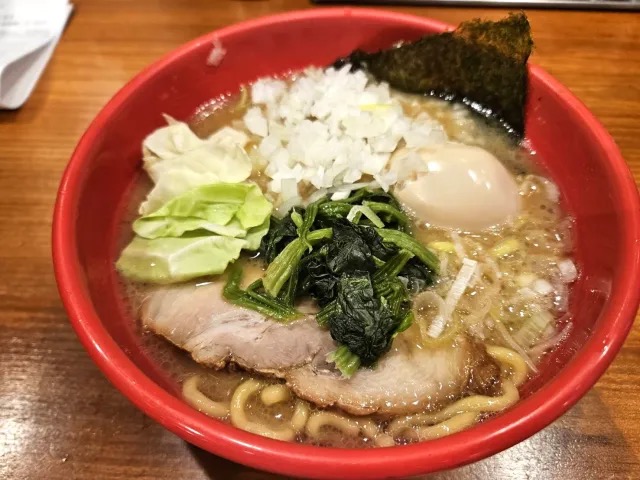
There was only one way to find out — by taking a big slurp to see if the taste of this meal would make Takuya say “yabai” in delight or dismay.
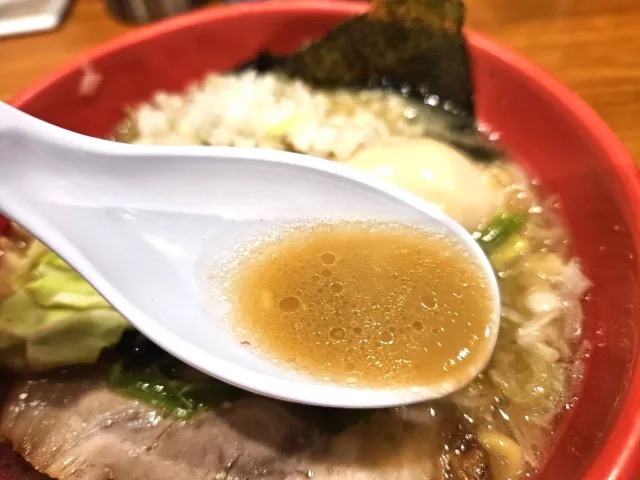
The restaurant certainly wasn’t wrong with its moniker, because Takuya did find himself saying “yabai” after taking a sip. The moment he tasted the broth, it punched him in the face with such a rich, strong flavour that he felt his brain awaken and his eyes pop in surprise.
The only respite came when he bit into the chashu pork and seasoned egg, which were more familiar flavours.
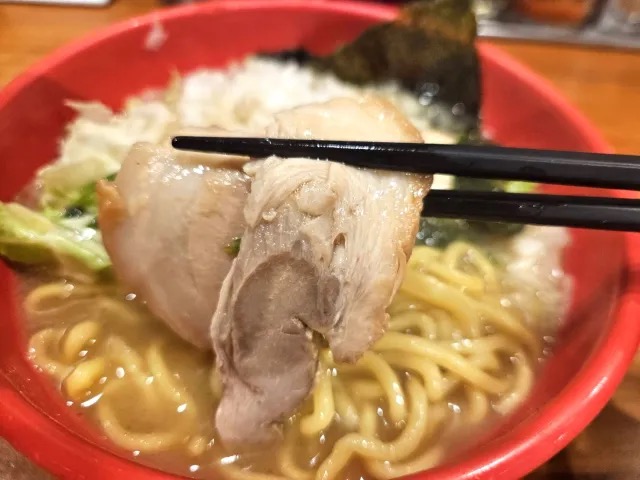
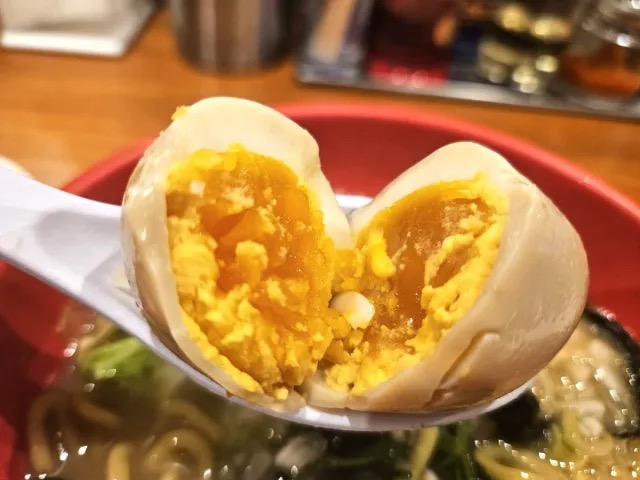
Thankful for the break from the yabai broth, he took a big slurp of the noodles, and found himself silently yelling out “yabai” again.
The noodles were unbelievably chewy with a wonderful texture that was unprecedented. The more he slurped, the more flavourful the noodles became, bringing a huge smile to his face as he ate them.
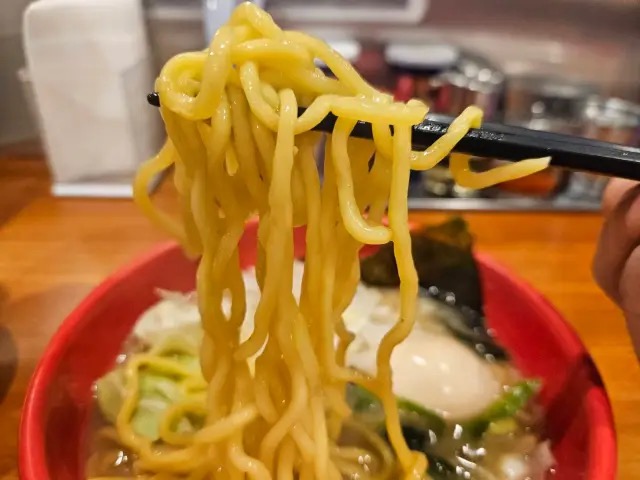
Reading the fine print on the menu, he found that the noodles were made with “Sanuki Kiku”, a flour used for making udon noodles. This helped to give them their unusual chewiness, and Takuya highly recommends trying them at least once, as they have a sensational texture that you won’t find anywhere else.

The food was so good that he kept the feast going with a trio of handmade grilled dumplings for 350 yen. Surprisingly, these were just as chewy as the noodles.
▼ Another yabai moment.
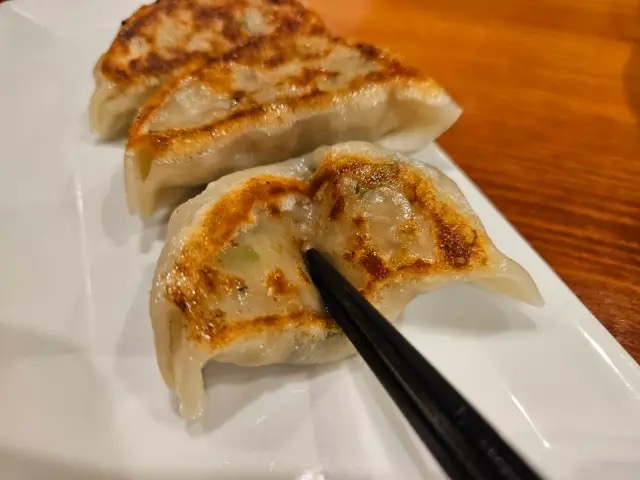
The filling inside was creamy, with an irresistible contrast between the outer and inner components of the dumpling, giving each one a unique flavour and texture.
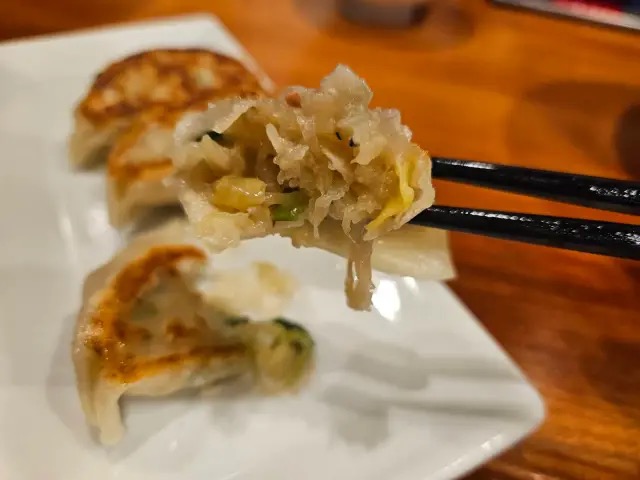
After enjoying some of the gyoza dumplings, Takuya noticed a jar filled with grated garlic on the table, so he grabbed a generous amount of it to add to the noodles.
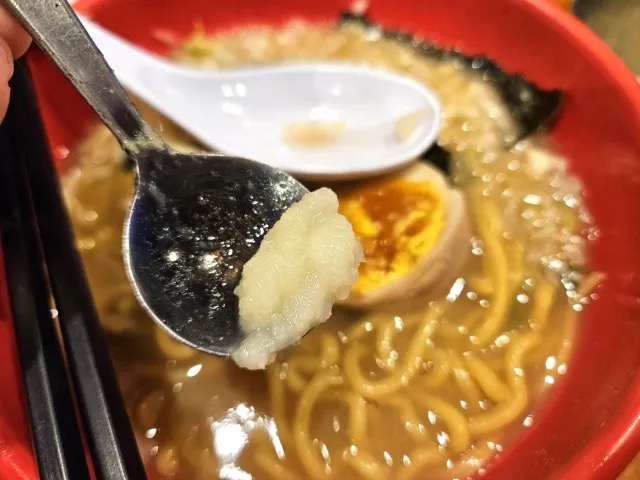
This made for a very nice addition to the rich broth, dialling up the flavour even more and intensifying the partnership with the chewy noodles. The flavours were more than he could’ve imagined, and when he got to the end of the meal the broth juice had fully soaked into the seaweed, creating a concentrated flavour that added further intensity to his side of rice.
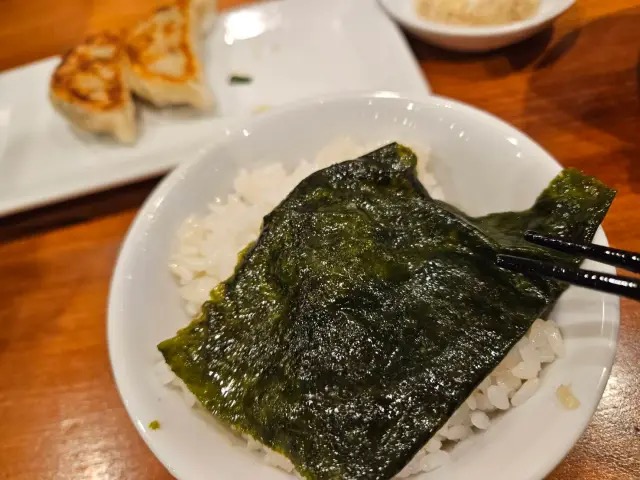
It was a filling meal, and he washed it all down with a glass of cold water, which he drank in one gulp.
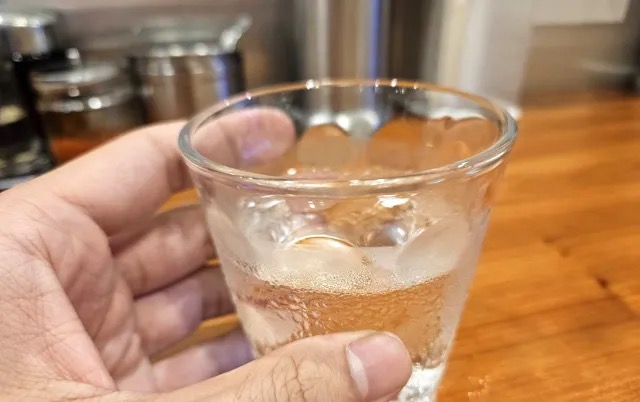
As he sat back and gazed at his empty bowl and plates, he came to a realisation.
▼ This was a great type of yabai ramen.
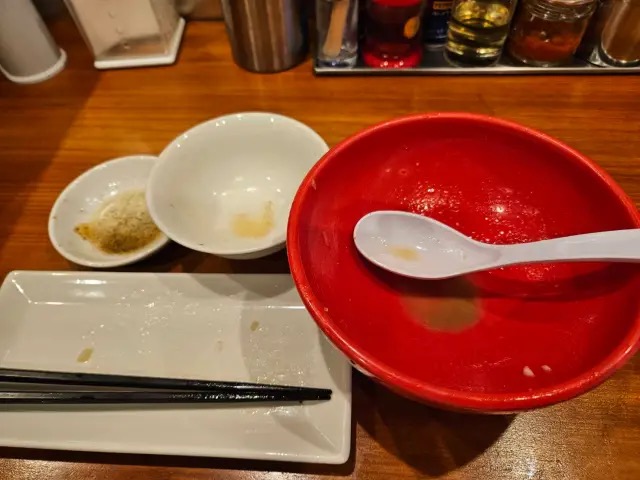
The soup, noodles, toppings and sides…everything had been insanely delicious and totally exceeded his expectations. For Takuya, though, it was the noodles themselves that left him with the biggest sense of yabai.
That got him thinking…what was the backstory behind the “yabai” in the restaurant name?
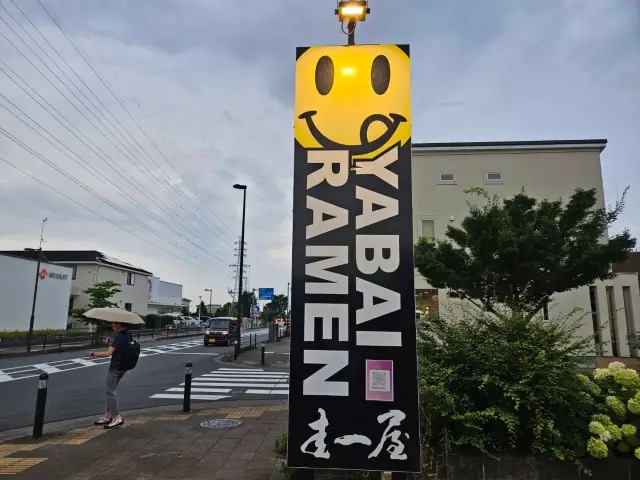
After enquiring with the manager, Takuya discovered that the owner of Keiichiya once trained at an extremely popular restaurant called Shofuku in Shizuoka, where he mastered the technique of noodle making. Shofuku uses the catchphrase “Umai Ramen” (“うまいラーメン”) in its advertising, which is interesting as it’s like the opposite side of the coin to yabai, because it undoubtedly means “delicious”.
Fuelled by a desire to create the most delicious ramen ever, the owner named this restaurant “Yabai Ramen” to reflect his sense of extreme passion for the food. The name certainly does leave an impact, and when Takuya asked why they chose to add “Yabai Ramen” to the sign in English, the manager replied:
“We wanted a sign that would attract people’s attention.”
It certainly caught the eye of our reporter, and doubtless hundreds of others who pass by it, because the first impression it leaves on locals is that a ramen that calls itself yabai must be shocking…in a risky type of way.
We’re happy to report that that’s definitely not the case, though, because yabai ramen is a fantastic ramen that’ll shock your taste buds in a great way. It just goes to show that a word like yabai can be used to describe a lot of things, including ramen. Whether it’s good or bad yabai, though, is up to you!
Restaurant information
Yabai Ramen Keiichiya Kaisei branch / Yabai Ramen 圭一屋 開成店
Address: Kanagawa-ken, Ashigarakami-gun, Kaisei-cho, Minami 4-1-15
神奈川県足柄上郡開成町みなみ4-1-15
Open: 11:30 a.m.– 3:00 p.m.; 5:30 p.m. – 9:00 p.m.
Closed Wednesdays
Website
Photos © SoraNews24
● Want to hear about SoraNews24’s latest articles as soon as they’re published? Follow us on Facebook and Twitter!
Credit:

0 comments: